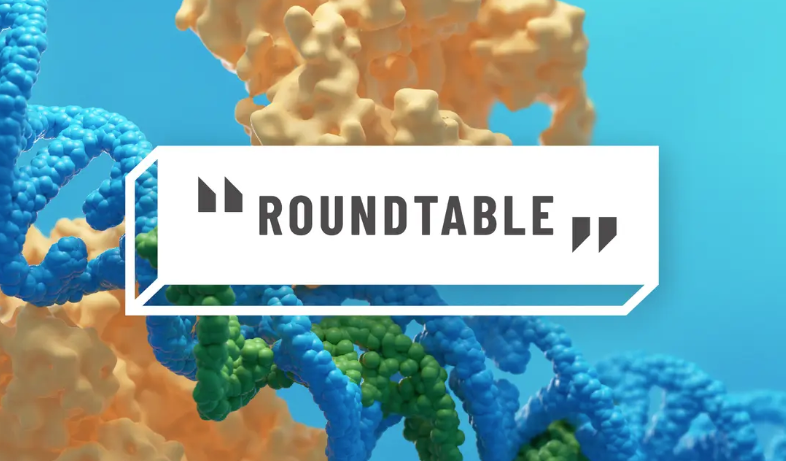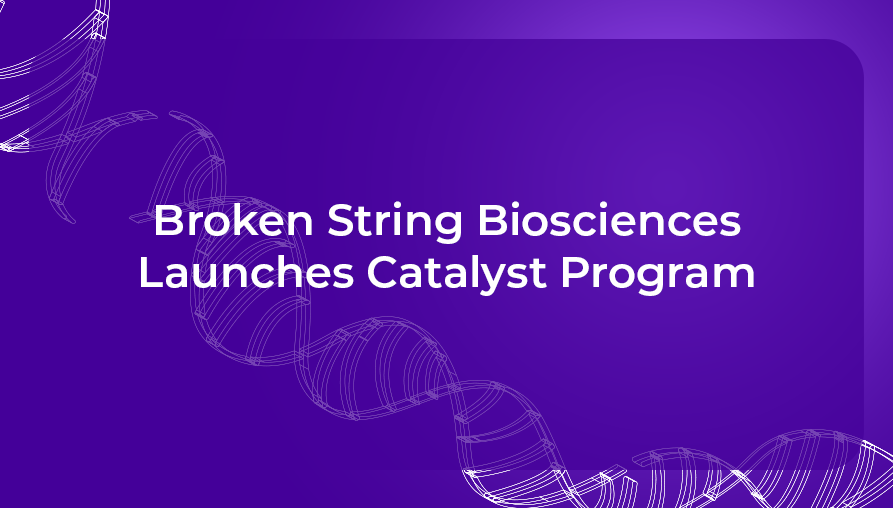
Steve Becker, Chief Commercial Officer, Broken String Biosciences
Gene editing therapies have already made a tremendous public impact, most recently with the N-of-1 CRISPR-edited gene therapy that was developed, cleared for clinical use by FDA, and treated a patient in under 8 months. The speed was impressive, but about half of that time was tied to ensuring the therapy is safe.
Stakeholders are fully invested in ensuring these therapies are safe. FDA held one CRISPR clinical program for a year until its sponsor could characterize its unintended off-target edits to understand the drug’s risks. But during the delay, the company lost about $1 billion in market capitalization.
Until recently, companies have struggled to demonstrate safety, often spending months developing a bespoke informatics pipeline to ascertain even limited data on off-target gene edits. A gold standard is now emerging with technology that can accurately identify off-target editing through characterization of double stranded breaks in DNA — in depth and within days. Such tools will underpin the safe growth of gene editing therapies.

